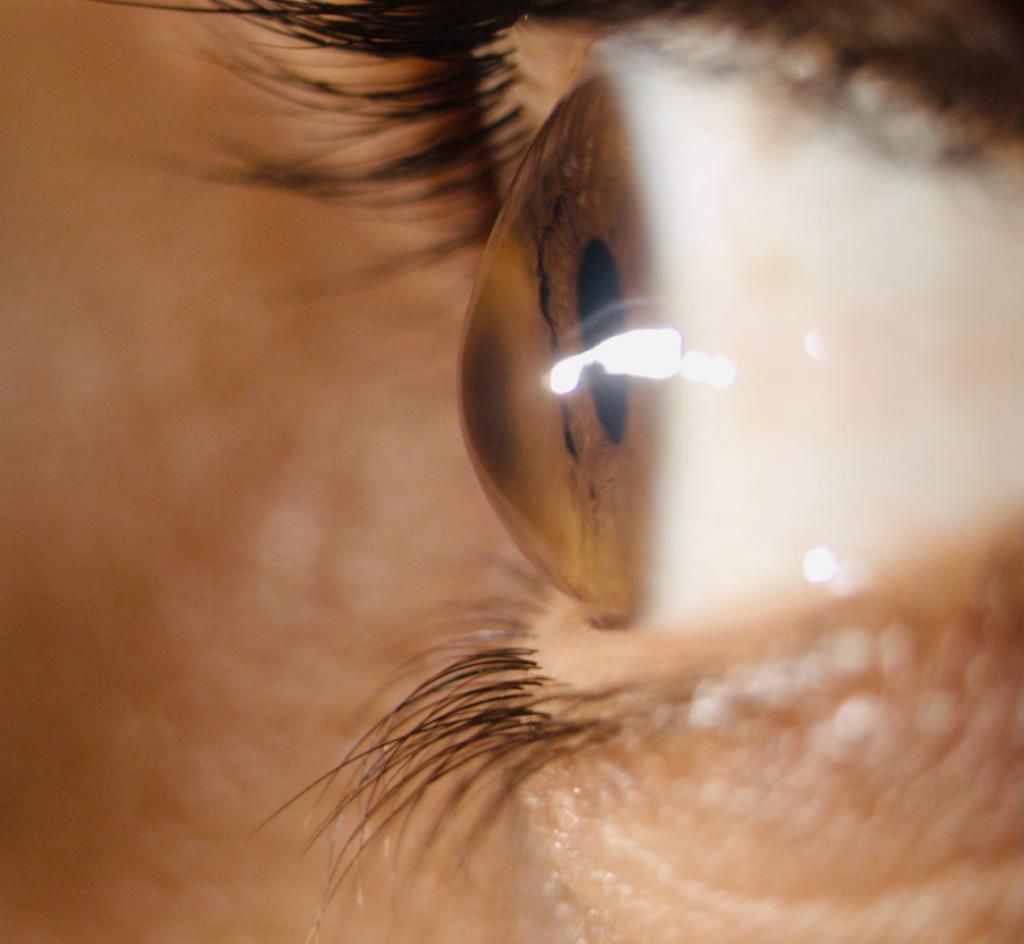KERATOCONUS
Keratoconus is a vision disorder that occurs when the normally round cornea (the front part of the eye) becomes thin and irregular (cone) shaped. This abnormal shape prevents the light entering the eye from being focused correctly on the retina and causes distortion of vision.
In its earliest stages, keratoconus causes slight blurring and distortion of vision and increased sensitivity to glare and light. These symptoms usually appear in the late teens or late 20s. Keratoconus may progress for 10-20 years and then slow in its progression. Eye Rubbing is associated with keratoconus and its progression and must be avoided always. Each eye may be affected differently. As keratoconus progresses, the cornea bulges more, and vision may become more distorted.

To prevent this from getting worse there is a procedure called collagen cross-linking. This allows the formation of covalent bonds within the corneal stroma which is the thickest layer, strengthening the cornea and stopping the progression of the disease.
This procedure can be combined with a LASER so that the severe irregularity of the cornea can be reduced and the patient can have better vision with glasses. Again this is only if your cornea is suitable and needs the procedure This is best discussed with your doctor.
Eyeglasses or soft contact lenses may be used to correct the mild near-sightedness and astigmatism that is caused by the early stages of keratoconus. As the disorder progresses and the cornea continues to thin and change shape, rigid gas permeable contact lenses can be prescribed to correct vision adequately. The contact lenses must be carefully fitted, and frequent check-ups and lens changes may be needed to achieve and maintain good vision.
In a few cases, a corneal transplant is necessary. However, even after a corneal transplant, eyeglasses or contact lenses are often still needed to correct vision.
Corneal transplants in keratoconus have good results generally- Deep Anterior Lamellar Keratoplasty is the treatment of choice in advanced Keratoconus.

